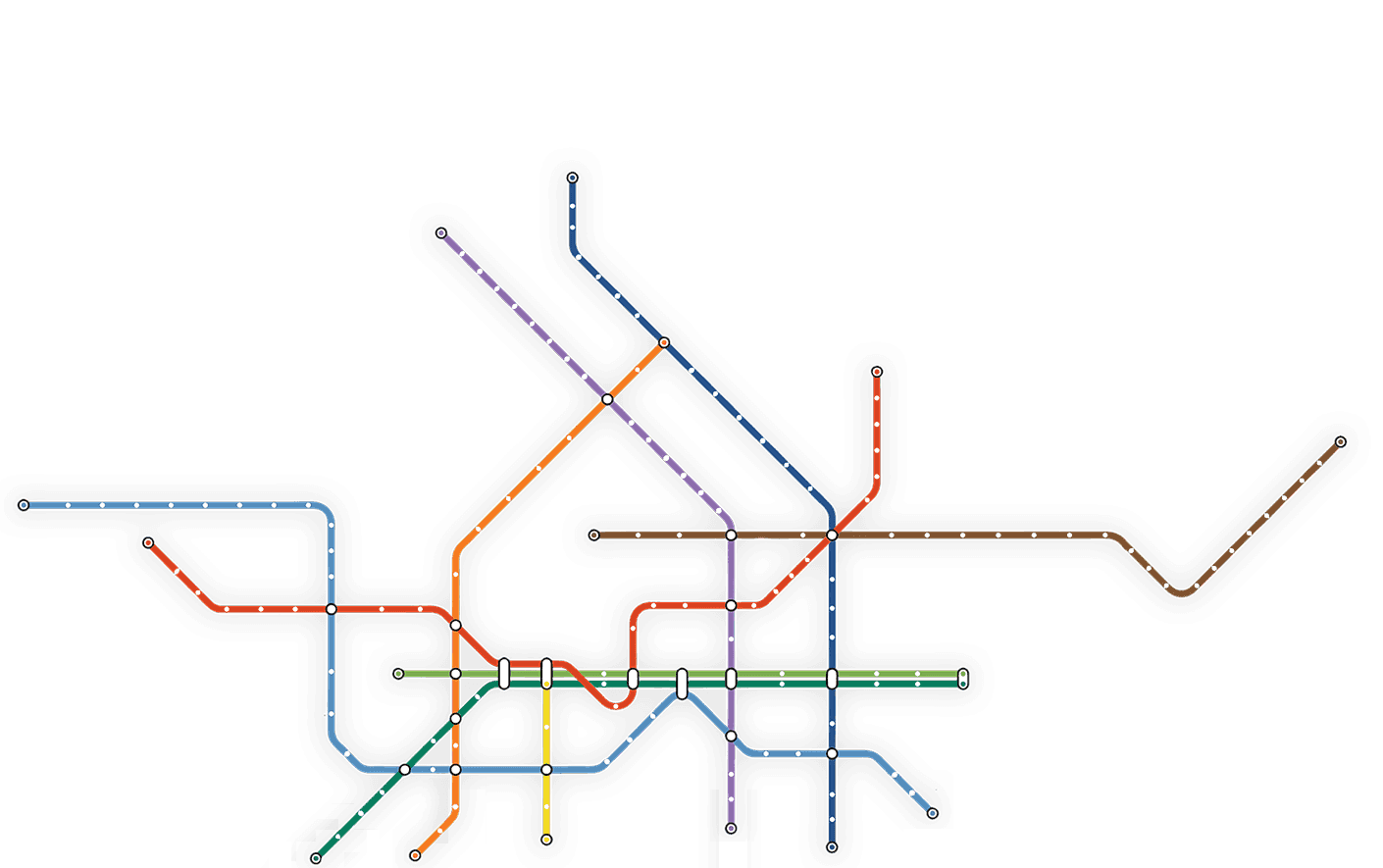
Is it der, die or das Sehne?
DIE
Sehne
The correct article in German of Sehne is die. So it is die Sehne! (nominative case)
The word Sehne is feminine, therefore the correct article is die.
German declension of Sehne?
How does the declension of Sehne work in the nominative, accusative, dative and genitive cases? Here you can find all forms in the singular as well as in the plural:
| 1 | Singular | Plural |
|---|---|---|
| Nominative | die Sehne | die Sehnen |
| Genitive | der Sehne | der Sehnen |
| Dative | der Sehne | den Sehnen |
| Akkusative | die Sehne | die Sehnen |
What is the meaning of Sehne in German?
Sehne has various definitions in German:
[1] Anatomy: Band made of connective tissue between muscles and bones for mutual transmission of the mechanical forces occurring in the movement sequence
[1] Anatomie: Band aus Bindegewebe zwischen Muskeln und Knochen zur wechselseitigen Übertragung der im Bewegungsablauf auftretenden mechanischen Kräfte[2] Mathematics: The shortest connection line between two points on a circle or another curved curve
[2] Mathematik: die kürzeste Verbindungsstrecke zwischen zwei Punkten auf einem Kreis oder einer anderen gekrümmten Kurve.[3] Weapons: Part of an arch
[3] Waffenkunde: Teil eines BogensHow to use Sehne in a sentence?
Example sentences in German using Sehne with translations in English.
[1] Er hat sich eine Sehne gerissen.
[1] He has grown a tendon[1] Sie hat sich eine Zerrung der Sehne zugezogen.
[1] She has suffered a strain on the tendon[1] „In ihrer Kniekehle zeichneten sich die Sehnen ab, weil sie sie, die Schläge erwartend, angespannt hatte.“
[1] "The tendons turned out in their knee throat because they had tense them, expectant,"[2] Jede Sehne am Kreis ist kürzer als beide zugehörigen Bögen.
[2] Each tendon on the circle is shorter than both associated bends[2] Ein Sehnenviereck ist ein Viereck, dessen sämtliche vier Ecken auf demselben Kreis liegen. Seine Seiten sind also Sehnen genau dieses Kreises.
[2] A long -for -tendency is a square, all four corners on the same circle are his sides, so tendons are exactly this circle.[3] Die Sehne eines Bogens schnellt nach dem Abschuss des Pfeils zurück.
[3] The tendon of an arc raps back after the launch of the arrow
